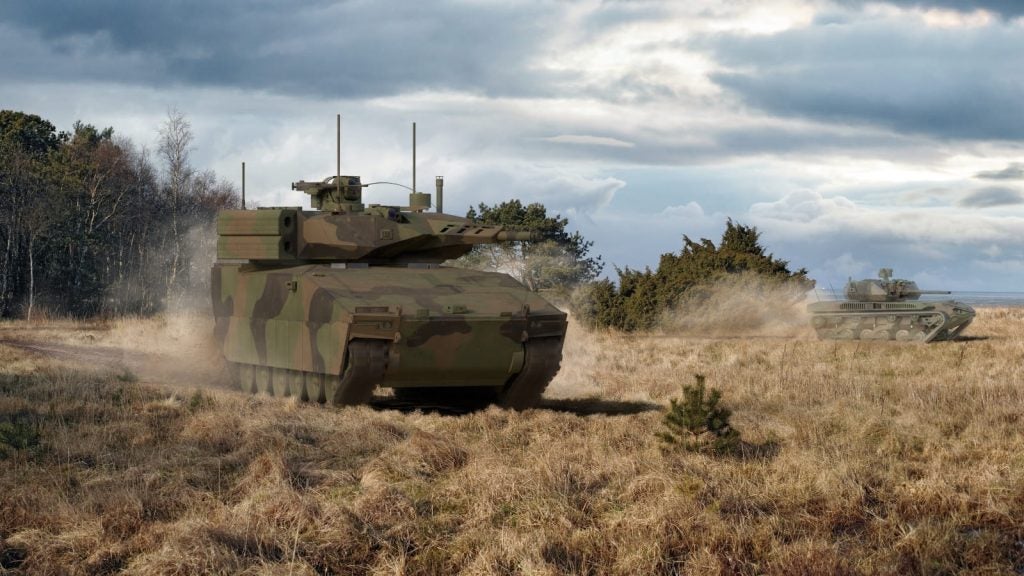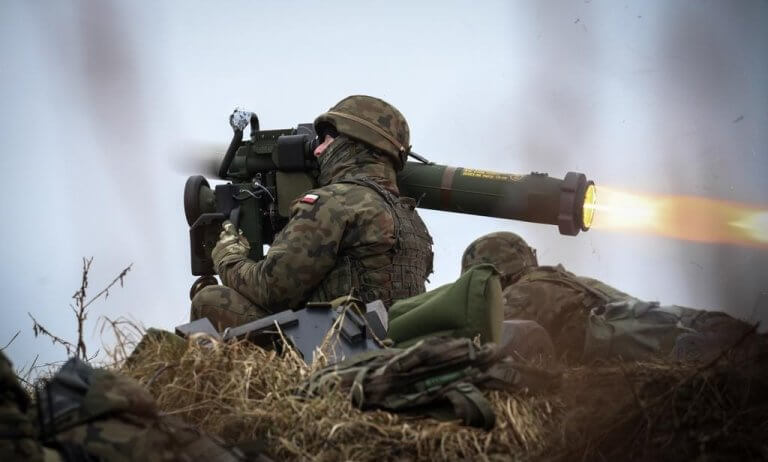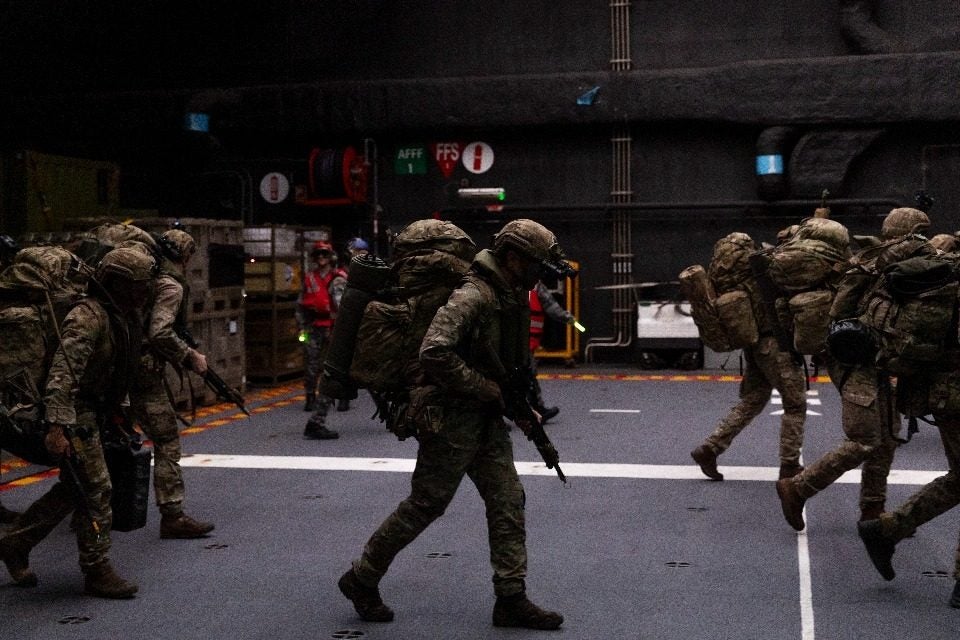After winning one of the final two contracts for the US Army XM30 Mechanised Infantry Combat Vehicle programme, formerly known as the Optionally Manned Fighting Vehicle (OMFV), in June this year, Rheinmetall detailed their plans for the program's Phase 3 Detailed Design and Phase 4 Protoype Build stages on 7 August.
Team Lynx - Allison Transmission, Anduril Industries, L3Harris Technologies, Raytheon Technologies, Rheinmetall and Textron Systems - will build between seven and 11 prototypes of the XM30 for Army evaluation in a contract worth in excess of $700m.
“Team Lynx brings together some of the finest defence technology companies in the world and will deliver a truly transformational, modern Infantry Combat Vehicle that ensures our Soldiers can fight, survive, and win on future battlefields, ”said Matthew Warnick, Managing Director for American Rheinmetall Vehicles.
The XM30 is intended to replace the Bradley Fighting Vehicles and is expected to introduce a range of new capabilities to the way US military formations engage in combat going forward.
Team Lynx's XM30 design
“American Rheinmetall Vehicles has brought together remarkable companies, ideas, technologies, and approaches to deliver a truly next-generation, lethal, survivable, and enduring infantry fighting vehicle concept,” said retired U.S. Army Lieutenant General Bill Mayville, a member of the ARV Board of Directors.
While Rheinmetall are the prime contractor for Team Lynx’s offering for a Bradley replacement, Textron is the US based manufacturer for the Lynx’s XM30.
L3Harris provide vehicle mission systems and cybersecurity and communications that are Ground Combat Systems Common Infrastructure (GCIA) compliant. The modular system is intended to allow the platform to be adapted as modern threats emerge.
Allison’s eGen Force Transmission has hybrid electric propulsion with an electric motor and inverter. “This enables engine-off mobility to reduce enemy detection – both acoustic and thermal – ideally increasing soldier survivability,” said Dana Pittard, Vice President of Defence Programs for Allison Transmissions.
The exterior of the XM30 features active protection armour systems designed to actively prevent certain types of anti-tank from damaging the vehicle. The system works by reactively launching a small warhead at an incoming threat and detonating it at a safe distance from the platform.
The XM30 50mm turret, that features third generation forward-looking infrared, is unmanned, with the vehicle optimised for a two-soldier crew stationed in the hull. Rather than using a port or optical lens, the crew perceive the platform’s surroundings through Anduril’s Common Tactical Picture - a monitor screen and terminal with situational awareness and command and control capabilities.
Further armament for the XM30 is to be added by Raytheon, which will equip the vehicle with a Multi-Mission Launcher, an open-systems architecture multi-role missile launching system, and the Coyote uncrewed aircraft system, a small, expandable aerial drone launched from a sonobuoy canister with the capability of operating in an autonomous swarm.












